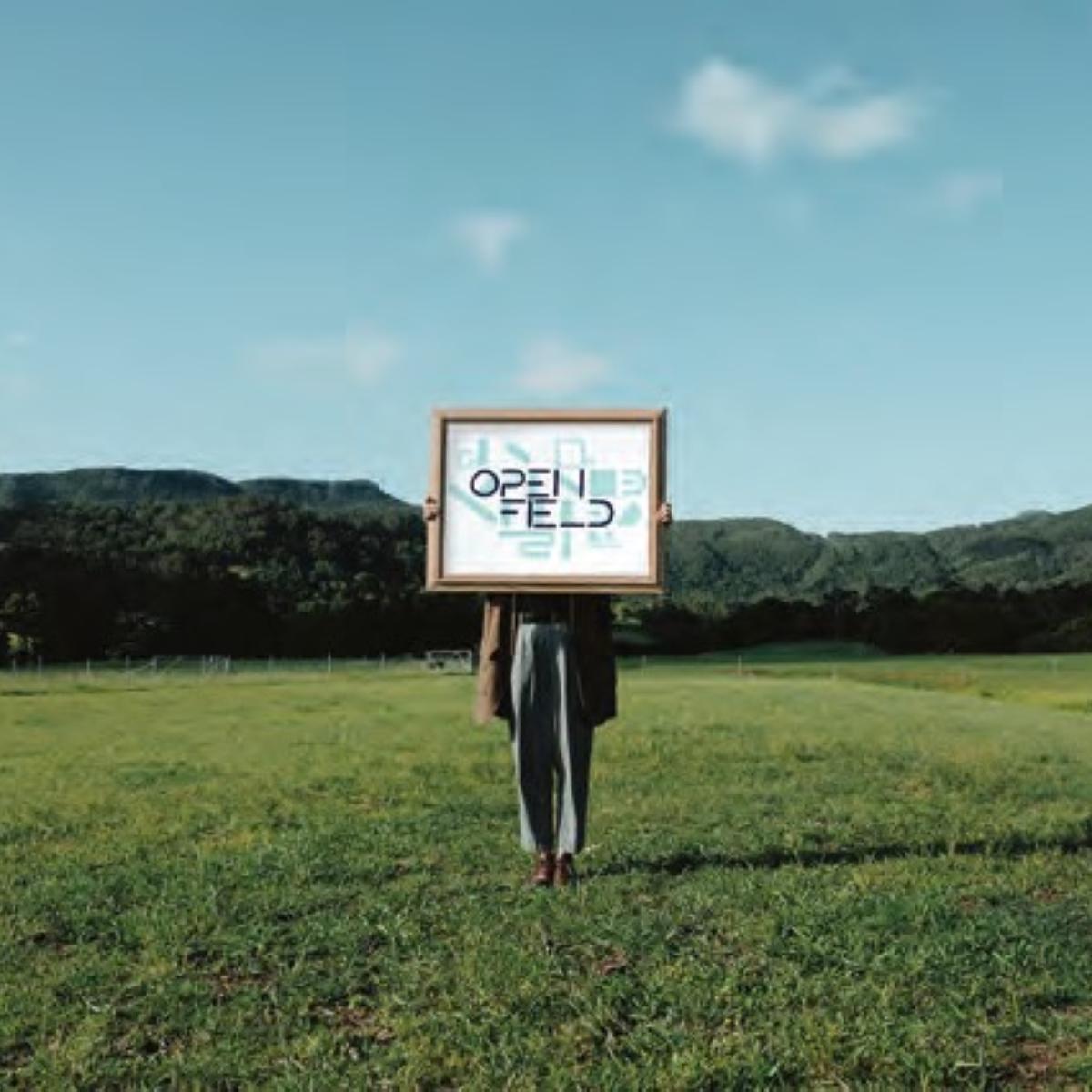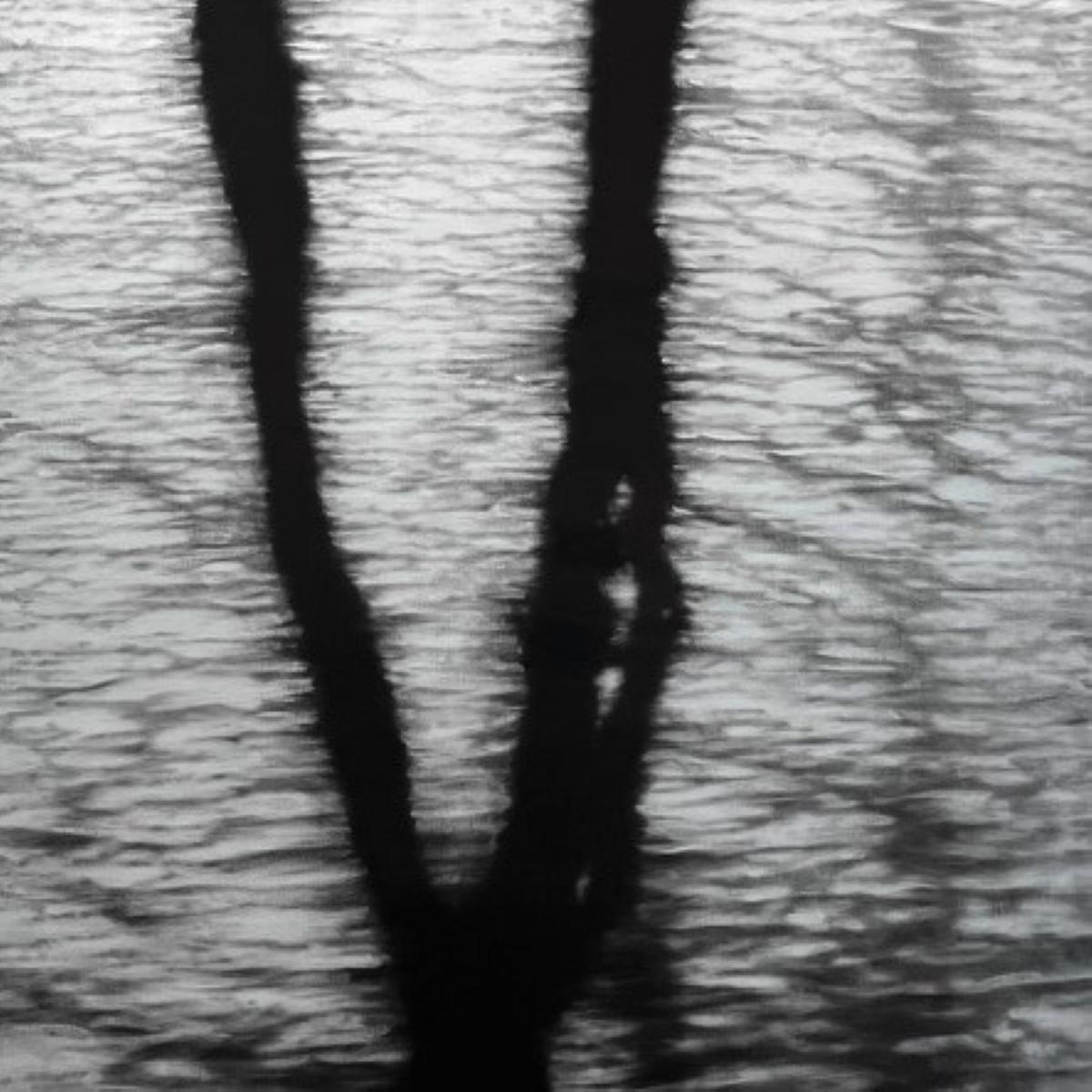Money Sullies Art: A Dealer’s Domain
What collectors should know about how economic disinterestedness is performed by contemporary art galleries.
Words: Ingrid Periz
In Bound by Creativity: How Contemporary Art is Created and Judged, sociologist Hannah Wohl concludes that contemporary art’s aesthetic value is entirely subjective. There is no absolute judgement of quality or value. Despite the enormous sums of money fuelling it, the artworld ecosystem she observed over several years’ fieldwork in New York runs on the credo that art’s fundamental value is not economic but something higher. Artworld participants display their allegiance to this belief through what she terms the performed value of economic disinterestedness.
Artists demonstrate economic disinterestedness in their single-minded devotion to their work, or what Wohl likes to call their “singular creative vision”. In this pursuit eccentricity is almost expected. Collectors display the same disinterested trait when they announce their unstoppable passion for acquisition, a passion driven by their desire in the moment rather than the prospect of appreciation in the future.
For both artists and collectors, projecting the sense that money is not the primary motivation of their activity serves as proof of their seriousness of intent. But what of those artworld players charged with the buying and selling of the things on the wall? What does economic disinterest look like in art dealers?
A quick glance at the dealer’s domain, the infamous white cube which is the contemporary gallery space, shows how money, or talk of money, is quietly contained: price tags are scarce, or non-existent, business is transacted in the back, and buyers morph into clients or collectors. In the showroom’s hush and the gallery’s expansive space, work appears untouched by time, as if it already belongs to posterity and this, as Thomas McEvilley has put it, gives it the assurance of a good investment. This spacious atemporality, with its nod toward a museum-like posterity, is part of the contemporary dealer’s setting, the stage on which economic disinterestedness can be performed.
Dealers serve as gatekeepers as well as supporters, roles in which economic disinterestedness may be more apparent than real. Gatekeeping, or controlling buyers’ access to work in order to properly place it in significant private collections or museums, might look like a short term loss for a dealer, particularly if the artist concerned is enjoying current market success. In reality, it is value-building and an investment in the future.
A hot artist might be encouraged to produce more of the same but Wohl shows how dealers better support individual creative visions when they refrain from dictating what artists should make, a restraint that can be read as a form of economic disinterestedness. At the same time, by maintaining what she calls “the pretence of artists’ autonomy in the creative process”, respective roles are clarified. Artists make the work; dealers set prices and negotiate sales. “What artists gain in aesthetic autonomy,” she writes, “they lose in economic authority.”
Leo Castelli famously supported his artists with monthly stipends and in some cases this arrangement lasted for decades even when Castelli sold none of the artist’s work. While generous, the stipend system wasn’t simple economic disinterestedness so much as a hedge on the future and a retainer, securing artists’ loyalty. Indeed, Castelli’s practice was well known, advertising his financial stake as well as signalling his belief in the future marketability of his stable. The stipends were never a simple gift as artists were expected to repay Castelli’s generosity with future sales.
The apparent unsaleability of some of the canonical art of the sixties and seventies added to dealers’ aura of economic disinterestedness. The tedium of Minimalism, the dearth of visual interest in much conceptual art, the formlessness of process art, for instance, conferred a mantle of seriousness upon the galleries and dealers willing to support it. Adventurous dealers undertook the hard work of advancing taste. The white walled gallery space made formerly unsaleable work look like art; eventually institutions as well as the public caught up.
Today, contemporary art fairs put any dealer’s posture of economic disinterestedness under enormous pressure. The gallery’s hushed atemporal setting is utterly transformed – from white cube to white cubicle – with competing dealers hustling for sales amongst collectors typically making quick decisions. This is not the setting for performing economic disinterestedness.
The flip side of the relentlessly sales-driven arena of art fairs is the international biennale circuit where dealers and the artists they represent frequently operate at a loss. Here economic disinterestedness is less a performed value than a consequence of participation.
In 1959 collector and museum founder Peggy Guggenheim decried the current New York artworld where, she said, “People only buy what is the most expensive having no faith in anything else”. When today the assembled crowd of collectors and dealers applaud record breaking prices of contemporary work at the major auction houses, they cheer the market and themselves.
Economic disinterestedness might well be a value that is performed rather than something deeply held, a marker of virtue, as Wohl notes. In a world awash with money it may be more necessary than ever, a defence against the uncomfortable sense, grasped by Guggenheim, that art has become just another kind of financial instrument.
Photo courtesy: Starkwhite Contemporary stand at the 2022 Aotearoa Art Fair featuring work by Johnny Niesche. Courtesy, the artist, Starkwhite, Auckland, and Aotearoa Art Fair.
This article was originally published in Art Collector issue 104, April to June 2023.







